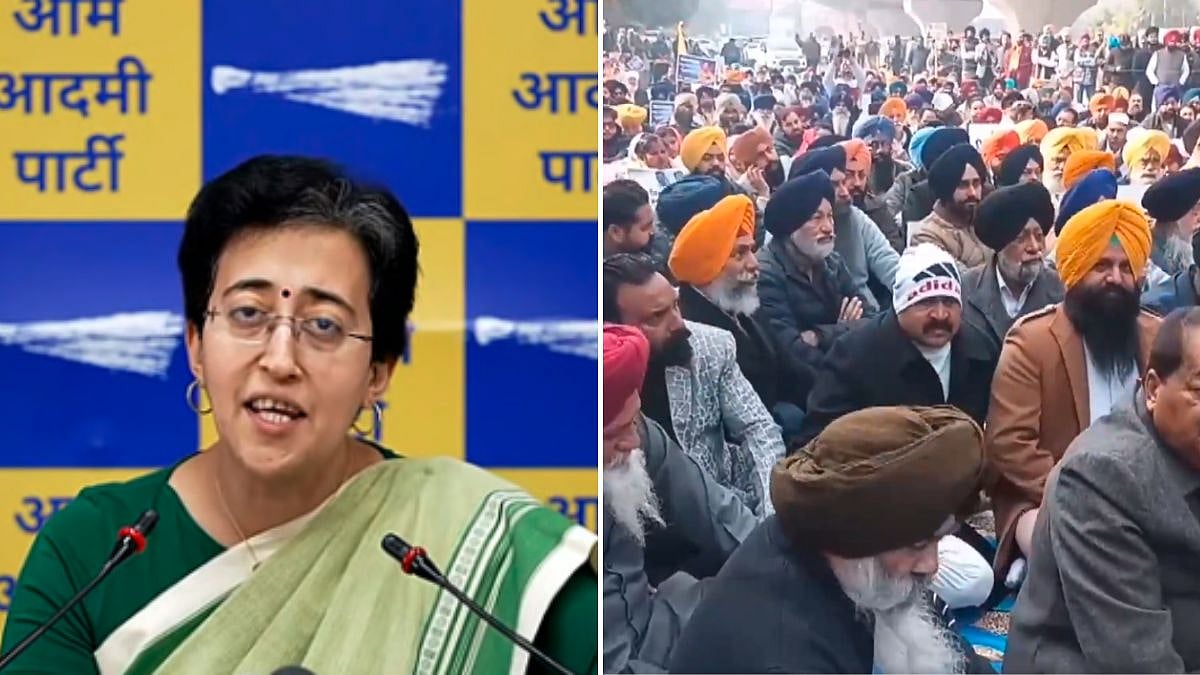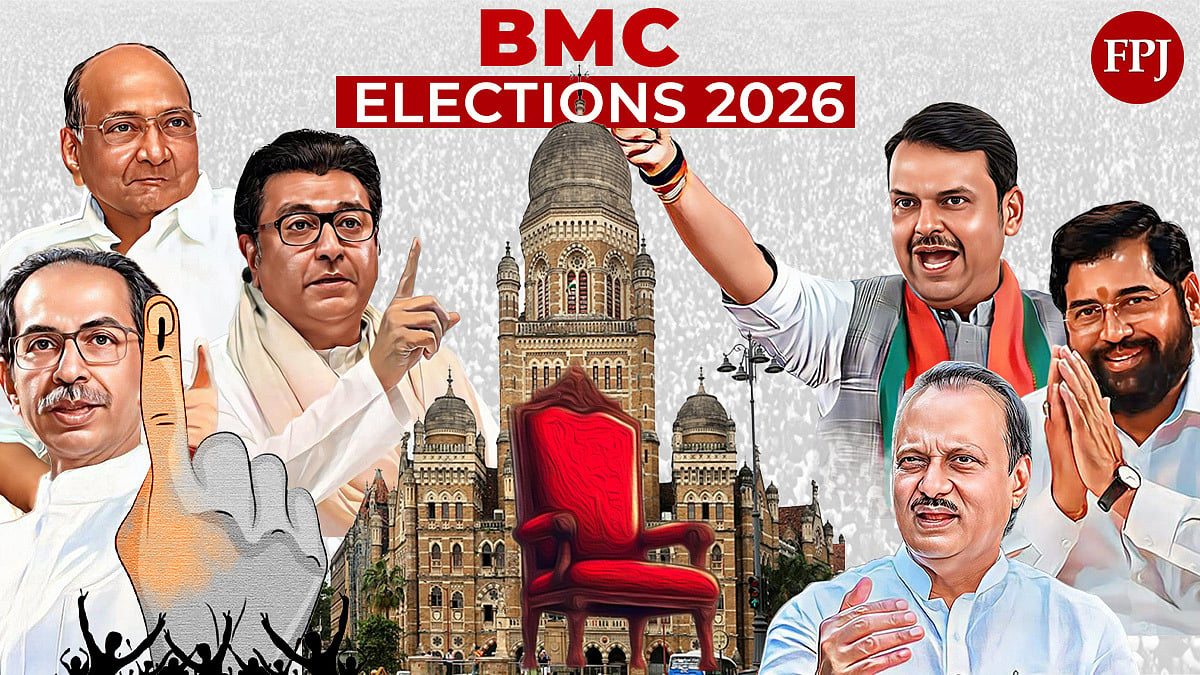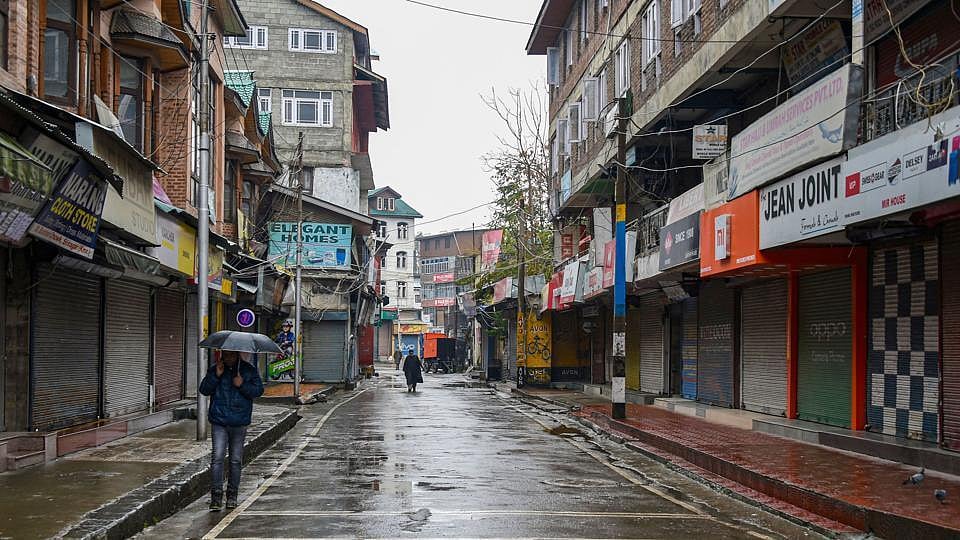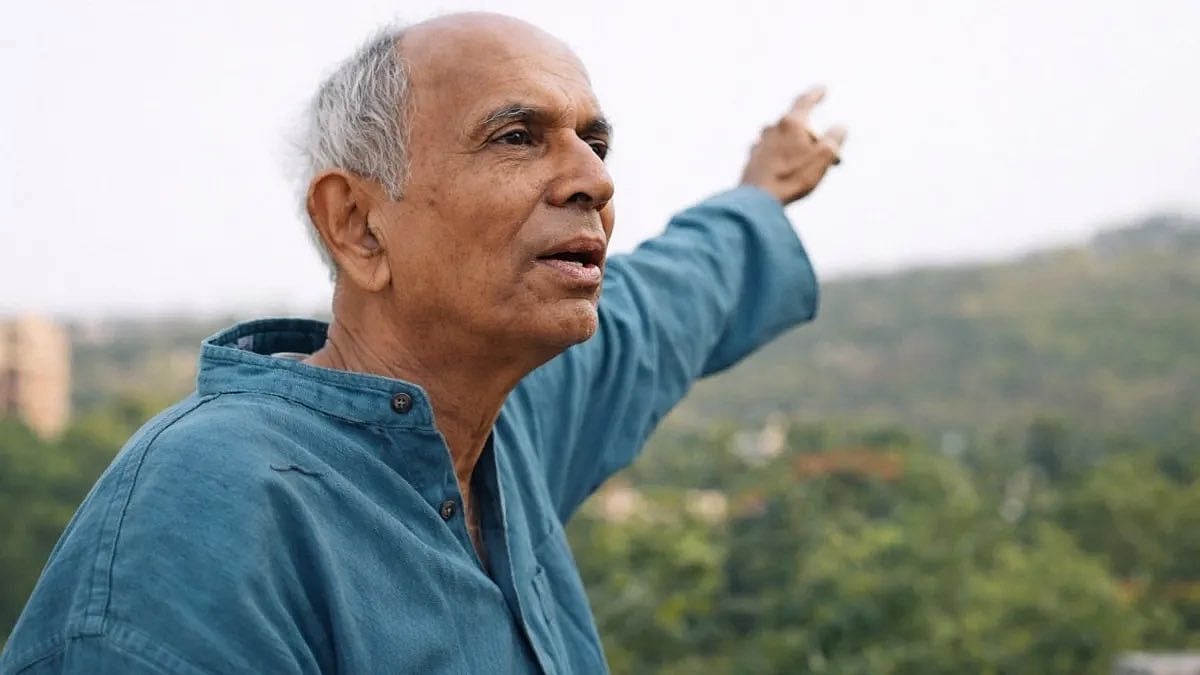The public spat between the higher judiciary and the executive over the appointment of judges is unfortunate. To be sure, neither party is blameless. Had a sense of maturity and institutional good alone guided the high-profile antagonists, the dispute over the power to make appointments to the higher judiciary could have been resolved. The open tussle lowers the dignity of both pillars of the constitutional edifice, without bringing the matter anywhere closer to an amicable conclusion.
Shorn of the highfalutin principles each side is prone to throw to embellish its case for a dominant say in the matter of appointments to the Supreme Court and high courts, it is a naked power struggle. Experience proves that appointments made before 1993, when the Supreme Court in the second judges’ case empowered itself with the final word in the matter, or thereafter have been the normal mix of good, bad and indifferent. If the executive appointed a number of judges whose credentials were far from excellent, the five-member collegium of the Supreme Court too has made some highly controversial appointments. In short, neither side can lay claim to be free of partisan, or even personal, considerations.
That the issue needs to be resolved urgently given the mountain of cases choking the arteries of the judicial system is not in doubt. Increasing the number of judges from the Supreme Court down to the district level is unlikely to help as the festering judiciary-executive dispute is a major factor for the failure to fill the large number of existing vacancies. According to the latest data, there are seven vacancies out of the sanctioned strength of 34 justices in the apex court, 336 out of 1,108 sanctioned in the high courts, and a whopping 6,604 out of the 24,827 sanctioned posts for trial judges. The callous unconcern these data reveal for the ordinary litigant at the district level is particularly troublesome.
As for appointments to the Supreme Court and the High Courts, these cannot be speeded up unless both the judiciary and the executive agree to a new mechanism which affords both near-parity in decision-making. It is no secret that the executive did not take kindly to the outright rejection of the National Judicial Appointments Commission which Parliament had unanimously proposed through the 99th Constitutional Amendment. The Supreme Court rejected it outright, saying it infringed upon the principle of judicial independence, believing quite mistakenly that it alone is the repository of all wisdom in the matter of judicial appointments.
To oppose the membership of the incumbent Law Minister in the proposed NJAC for the appointment and transfer of judges was to denigrate the very democratic system whereby `we the people’ express their will through Parliament. Yet, here were the justices judging their own case and arming themselves with powers which, under Article 124(2), belong to the executive which, in turn, is answerable to Parliament. By rejecting the NJAC, the justices virtually pronounced themselves to be above parliamentary scrutiny. In a strange reading of the word ‘consultation’, the Supreme Court inferred that it meant ‘concurrence’. Till 1993, the executive duly ‘consulted’ the Supreme Court before appointing and transferring members of the higher judiciary. After 1993, the Supreme Court, by turning consultation into concurrence, has appropriated the right to make appointments. It is this imbalance injected into the appointment process that the NJAC set out to rectify, which the apex court thwarted to retain its primacy in making appointments.
This may well explain, though not justify, why the executive routinely sits on the recommendations sent by the collegium. For the Supreme Court to now plead victimhood and chastise the executive for sitting on recommendations appears to be unfair use of the high judicial podium. Neither the judiciary nor the executive is perfect. Both need to look for a middle path out of the current impasse. The course proposed under the NJAC law may be a good starting point.









